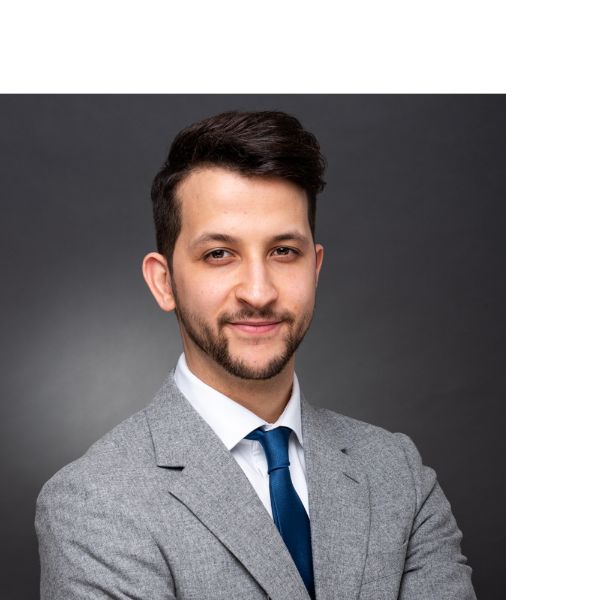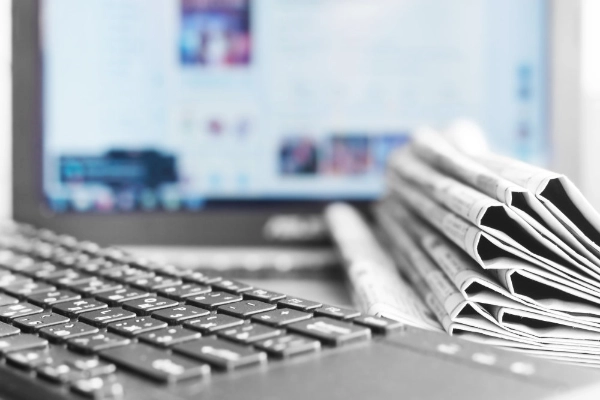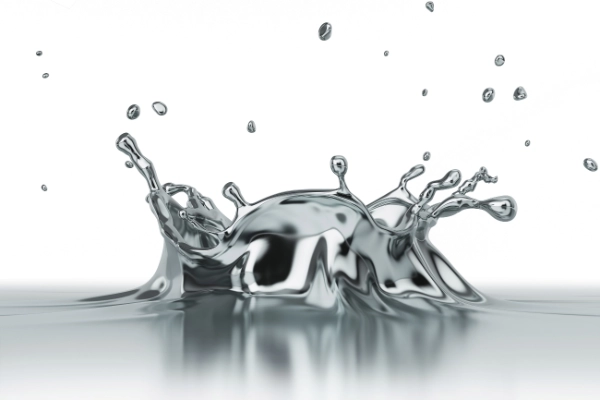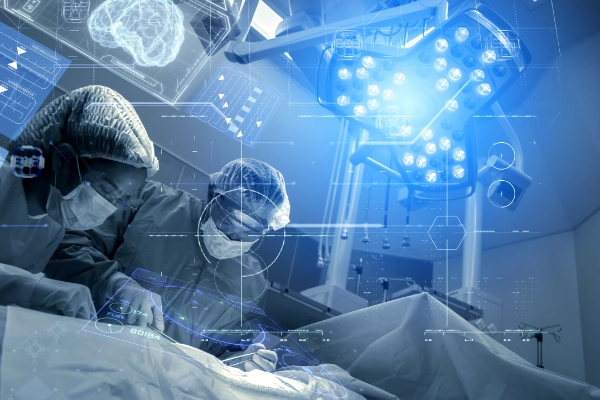Medical technology market 2022: challenges and new approaches to solutions
Where is the medical technology market heading? Which solutions will be in demand in the future? The corporate start-up Heraeus Amloy, a specialist for amorphous metals, focuses on medical technology. During a visit to the company's site in the Karlstein Innovation Park, Business Analyst Nail Akrouti assesses the market and the start-up's future role.
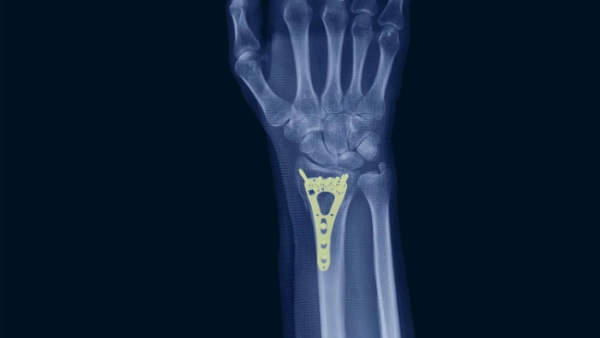
Especially in these times of the pandemic, a lot is going on in the medical and medical technology industry. But even without a pandemic, the constantly increasing cost and efficiency pressure in Europe is tightening the safety requirements for medical products. As of this year, distributors of medical devices must also deal with recertification. This is the requirement of the new EU Medical Device Regulation, the MDR Directive. Documentation of production and deliveries also tends to become more and more complex. Is this extra work putting the brakes on innovation? "The harmonization of processes with the new European regulations is certainly a tour de force for the industry. However, there are still innovations – especially in the areas of robotics and telemedicine, biotechnology, sensor systems, and artificial intelligence," says Akrouti. "Medical technology is thus becoming more predictive, preventive and individualized."
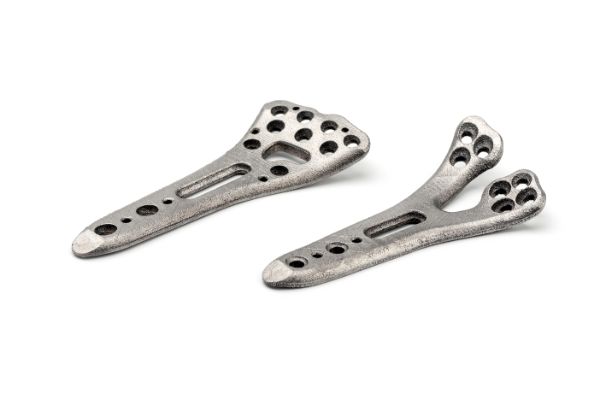
Biotechnology and bio-sensor technology
The pandemic thus gave new impetus to the already booming biotechnology and biosensor technology. Biotechnology deals with the use of enzymes, cells, and whole organisms in technical applications. For example, bio- or tissue printing, where messenger material from bio-organisms for insulin delivery is produced in a 3D printer. The new mRNA vaccines for protection against Covid-19 are also a result of innovative biotechnology. "The entire value chain has jumped on the trend, and materials and laboratory equipment have been adapted. Biotechnology is experiencing a real Goldilocks moment," says Akrouti.
Robotics and telemedicine
There is also a lot happening in the field of robotics. Robots are helping in surgeries as well as in telemedicine, i.e., remote diagnostics and medical services. The robots are becoming technically more and more precise. Their movements can be replicated, are becoming ever finer and their size is sometimes in the nanoscale. "The industry is strongly concerned with where are limitations, i.e. what is currently within the realm of feasibility," explains Akrouti. The start-up Heraeus Amloy is also helping out in this field, supplying functional machine elements for robots as well as elastic mechanical components made of amorphous alloys, which are the only materials that enable advanced sensitive control of robot movements. Another potential field of application is components for the area of End of Arm Tooling (EOAT), the gripper arm mechanism of robots.
Individualized devices from the 3D printer
Akrouti sees particularly strong growth in medical devices. How small – and thus as less invasive as possible – and precise can medical implants be? Guidewires, for example, are inserted into catheters to stabilize and position them. Thanks to the latest technologies, these are becoming increasingly durable. And they have to be because the requirements for medical technology applications are high.
Osteosynthesis plates, for example, can be used in a variety of dimensions to heal bone fractures. Here, 3D printing with amorphous metals offers specific advantages by balancing both customization and design freedom to provide the patient with ideal reduction and stabilization of the bone fracture.
In addition to quality, biofunctionality, biocompatibility, i.e. compatibility for humans, and surface functionality must also be right. That's why it's trendy to try out more suitable materials for implants using 3D printing. 3D printing is also suitable for individualizing the devices according to the patients' needs.
This is precisely where Heraeus Amloy is advancing the market with technological progress. "Given these requirements and the specific applications, compromises are often made and the best possible material is used," says Akrouti. Titanium alloys, plastics, or stainless steel quickly reach their limits and cannot meet all requirements one hundred percent. Implants must adapt well to the fracture, but bones also need a certain amount of stress to heal. Materials are therefore required that have both appropriate elasticity and high strength – as the example of osteosynthesis plates shows.
Amorphous metals from Heraeus
The importance of elasticity and strength can be seen above all in the costal arch, which is subjected to up to eight million breathing movements a year. Fatigue fractures due to high stiffness are usually the result. "This is where we create the difference. We've found a solution there that even surpasses everything that's required – without post-treatment." The solution is zirconium-based amorphous metals, also known as metallic glass. Due to their properties, amorphous metals are both flexible like plastics and strong like steel, and biocompatible. They are suitable for production by injection molding as well as for 3D printing. "The density of our alloys is higher than that of titanium, but due to the better interaction of the overall properties, we can produce thinner and lighter components that help the patient in the recovery process," Akrouti said. This year, amorphous titanium-based alloys will be produced alongside the zirconium variant. In this way, the start-up wants to be even closer to the market and offer even more solutions. Several evaluation projects are currently underway with well-known manufacturers. Akrouti expects the product to be ready for series production soon.
"We offer added value where solutions with previous materials reach their limits and deliver innovative applications in the medical technology market. We overcome these limitations, create facilitation, and, in the end, precisely positive added value for patients."
Nail Akrouti, Business Analyst Heraeus Amloy
